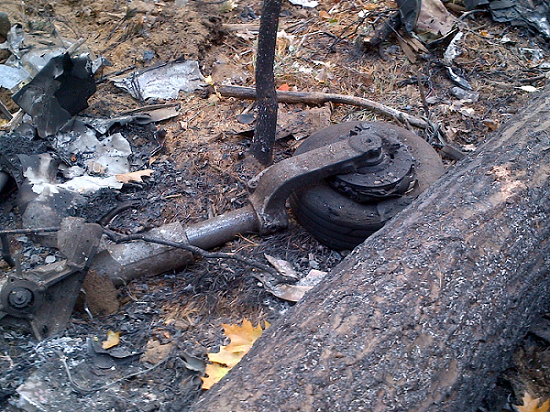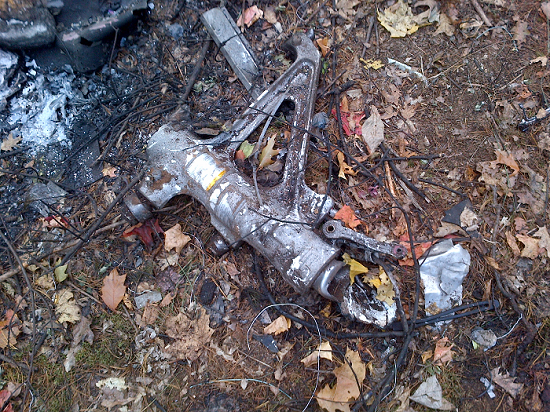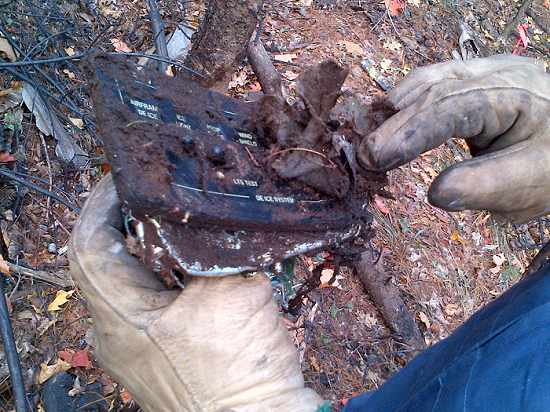Loss of control and collision with terrain
SOCATA TBM 700N, C-FBKK
Renfrew, Ontario 20 nm SW
The occurrence
The privately owned SOCATA TBM 700N (registration C-FBKK, serial number 621) departed from Ottawa/Carp Airport, Ontario, on an instrument flight rules flight plan to Goderich, Ontario. Shortly after takeoff, the pilot and sole occupant altered the destination to Wiarton, Ontario. Air traffic control cleared the aircraft to climb to flight level 260 (FL260). The aircraft continued climb through FL260 and entered a right hand turn, which quickly developed into a spiral dive. At approximately 1219 Eastern Daylight Time, the aircraft struck the ground and was destroyed. Small fires broke out and consumed some sections of the aircraft. The pilot was fatally injured. The 406 MHz emergency locator transmitter on board the aircraft was damaged and its signal was not sensed by the search and rescue satellite-aided tracking (SARSAT) system.
Media materials
News release
No definitive answers as to what led to the 2012 fatal air accident involving a private aircraft near Renfrew, Ontario
Read the news release
Deployment notice
Transportation Safety Board of Canada deploys a team of investigators to an air accident west of Calabogie, Ontario
The Transportation Safety Board of Canada (TSB) is deploying a team of investigators to the site of an accident involving a Socata TBM700 west of Calabogie, Ontario. The TSB will gather information and assess the occurrence.
Investigation information
Download high-resolution photos from the TSB Flickr page.
Class of investigation
This is a class 3 investigation. These investigations analyze a small number of safety issues, and may result in recommendations. Class 3 investigations are generally completed within 450 days. For more information, see the Policy on Occurrence Classification.
TSB investigation process
There are 3 phases to a TSB investigation
- Field phase: a team of investigators examines the occurrence site and wreckage, interviews witnesses and collects pertinent information.
- Examination and analysis phase: the TSB reviews pertinent records, tests components of the wreckage in the lab, determines the sequence of events and identifies safety deficiencies. When safety deficiencies are suspected or confirmed, the TSB advises the appropriate authority without waiting until publication of the final report.
- Report phase: a confidential draft report is approved by the Board and sent to persons and corporations who are directly concerned by the report. They then have the opportunity to dispute or correct information they believe to be incorrect. The Board considers all representations before approving the final report, which is subsequently released to the public.
For more information, see our Investigation process page.
The TSB is an independent agency that investigates air, marine, pipeline, and rail transportation occurrences. Its sole aim is the advancement of transportation safety. It is not the function of the Board to assign fault or determine civil or criminal liability.




